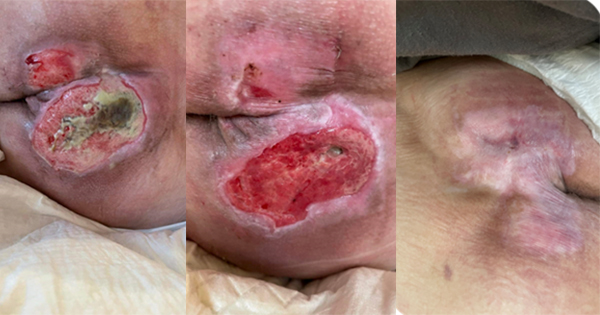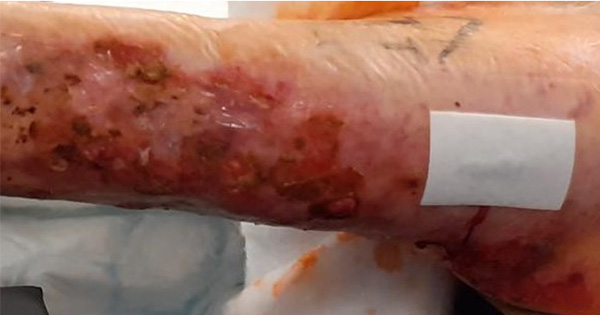Pressure injuries occur due to unrelieved or intense pressure in intolerant tissues. Perhaps, no patient exemplifies this risk as well as the end-of-life patient. Patients at end of their life are often malnourished, immobile, less cognitively intact, and incontinent, when they may have not been before. While most end-of-life patients are under the care of hospice nurses, healthcare providers in any setting may interface with them. This article provides 10 tips to assist in reducing incidence of pressure injuries in this incredibly vulnerable population.






